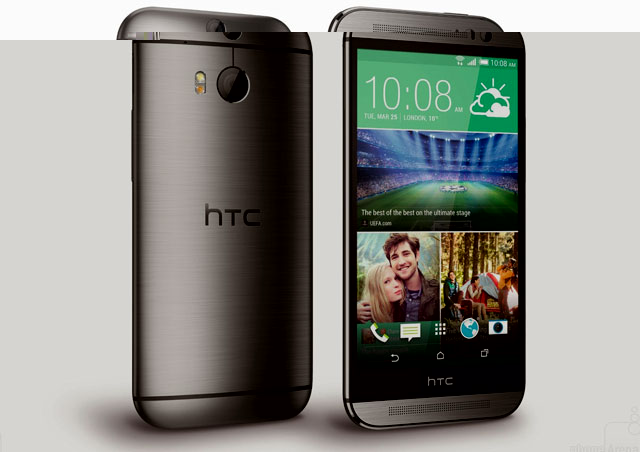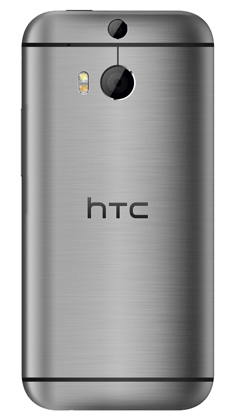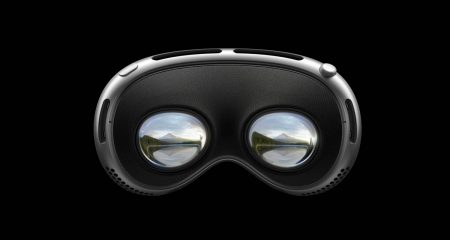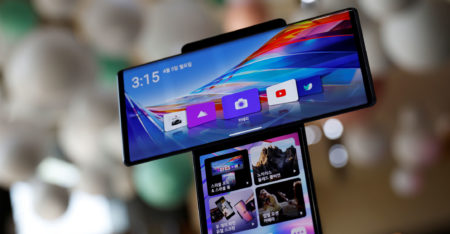
HTC has had a turbulent time in South Africa in recent years. It’s invested heavily in the country, only to pull out again. Now, it’s assured customers, it’s again dedicated to the local market. The first product it’s bringing to consumers is the newly launched HTC One M8, the successor to last year’s much-lauded One M7.
But HTC’s latest flagship enters a highly contested market, with fierce rivals such as LG’s G3, Sony’s Xperia Z2 and Samsung’s Galaxy S5 to contend with. Indeed, the options for those looking for a new high-end Android phone are almost overwhelming.
HTC handsets have always appealed to the early adopter market and those looking for a premium Android device. But it’s poor support in South Africa has turned many away from the brand. It needs to match Samsung, whose on-the-ground service and warranties are excellent.
These concerns aside, the M8 is an excellent phone and reveals a more mature side to the brand. The overall packaging is sleek and follows a more simplistic design, similar to Apple’s product packaging strategy.
Heavyweight
Holding the M8 for the first time, you’ll notice it’s slightly larger than last year’s One due to its bigger screen, which has expanded from 4,7 to five inches.
The new One’s body is made up of 90% metal whereas last year’s model had about 70% metal in its body. This has added to the phone’s weight — at 160g, it’s a little heavier than most of its competitors — but it’s by no means unmanageable.
The extra heft makes the One M8 feel like a premium device akin to LG’s G3 and less like the Galaxy S5, which has a cheap, plasticky feel to it.
To ensure that the phone can be used with one hand relatively easily, the 9,4-mm thick HTC has a curved back that tapers towards the LCD. This makes a big difference to grip, although the brushed metal body still makes the phone feel slippery to the touch. The rounded edges of the One M8 are also more pronounced than its predecessor, but there’s no doubt this is the best looking phone that HTC has produced in its 17-year history. It’s evident HTC listened to customers when it designed the M8.
HTC has moved the headphone jack and micro USB port, for example. These now sit at the bottom end of the phone, where they should be.
 Like all of this year’s top Android phones, the M8 comes with KitKat. It has version six of HTC’s Sense user interface, which is a major improvement on previous versions. It has a cleaner layout with a beautiful, flat design. HTC’s BlinkFeed homescreen — which aggregates social media, news and other feeds — also makes a comeback and, although it can be disabled with a bit of fiddling, we’d still prefer not to have any bloatware bundled. Rather make it available as a download only.
Like all of this year’s top Android phones, the M8 comes with KitKat. It has version six of HTC’s Sense user interface, which is a major improvement on previous versions. It has a cleaner layout with a beautiful, flat design. HTC’s BlinkFeed homescreen — which aggregates social media, news and other feeds — also makes a comeback and, although it can be disabled with a bit of fiddling, we’d still prefer not to have any bloatware bundled. Rather make it available as a download only.
A new and rather nice addition to Sense is Motion Launch, HTC’s answer to LG’s Knock Code. Motion Launch allows you to launch apps and unlock the phone using gestures. It’s not quite as useful as Knock Code, but with a little practice it makes navigating from the lock screen much easier.
IR blaster
A notable addition to the top of the phone is an infrared blaster, allowing you to create custom commands for your home theatre system. This means that the M8 can be used as a universal remote, though don’t expect everything to work out of the box.
If you want to have some fun with this, you can switch off the TV in your local pub. Just don’t try it during a big game, or you could find yourself in a spot of bother.
The front of the One M8 has two speakers HTC dubs BoomSound. The sound they produce is superb, with great fidelity. Front-facing speakers make enormous sense, especially if you’re watching video on your phone.
The large display on the One M8 is a thing of beauty. The screen is 1080p for a pixel density of 441ppi. Video and images are vivid and crisp. It’s an all-round excellent multimedia device.
Performance of the M8 is also what you’d expect. There’s a Qualcomm Snapdragon 801 chipset with a quad-core, 2,3GHz Krait 400 processor. Graphics are handled by an Adreno 330 graphics processor. This means the One M8 will handle just about any application or game you throw at it.
Connectivity options are good, too: Wi-Fi (802.11 a/c is supported), Bluetooth 4.0, near-field communication and 4G/LTE (Telkom Mobile users take note that the 2,3GHz band is not supported). Assisted GPS and Glonass are also built in.
About that camera
Battery life on the One M8 is average for a smartphone of this calibre. Its 2 600mAh battery managed a day of moderate use, and the software includes a number of battery-saving modes. Unfortunately, the battery is not removable, so it may also be a good idea to carry an external battery pack if you are a heavy user.

Although the HTC One M8 performs well in most areas, it’s the cameras that let it down considerably. The rear of the phone has two 4-megapixel cameras that employ HTC’s proprietary UltraPixel technology. But when comparing the image quality to smartphones with double or triple the resolution, it becomes clear that the M8’s cameras are inferior. HTC removed optical image stabilisation — a key feature for creating high-quality, blur-free images — because the dual-camera setup is apparently not compatible with the technology.
The second camera on the back of the One M8 allows photographers to change the focus after an image has been taken. There is also a faux-3D feature called Dimension Plus that adds depth to an image when the phone is tilted back and forth. While the ability to change the focus on an image after it has been taken can be really useful, it only works well on subjects that are clearly defined from their backgrounds. For all other images, the effect can look messy.

In short, we would much rather have a single high-resolution camera.
The front-facing camera on the One M8 is five megapixels, more than good enough for selfies.
Keeping the fans happy
The HTC One M8 is not a perfect smartphone, but it is a great Android device that will keep long-time HTC fans happy. If you are not brand loyal, you may find the new LG G3 ticks all the boxes for the perfect all-round Android smartphone.
If you are not fussy about the image quality of your phone’s camera, the One M8 should be near the top of your list of upgrade options.
HTC will only be making the 16GB gunmetal grey version of the One M8 available in South Africa. The recommended retail price is about R9 000, but shop around — you will be able get it for less than that. — (c) 2014 NewsCentral Media



